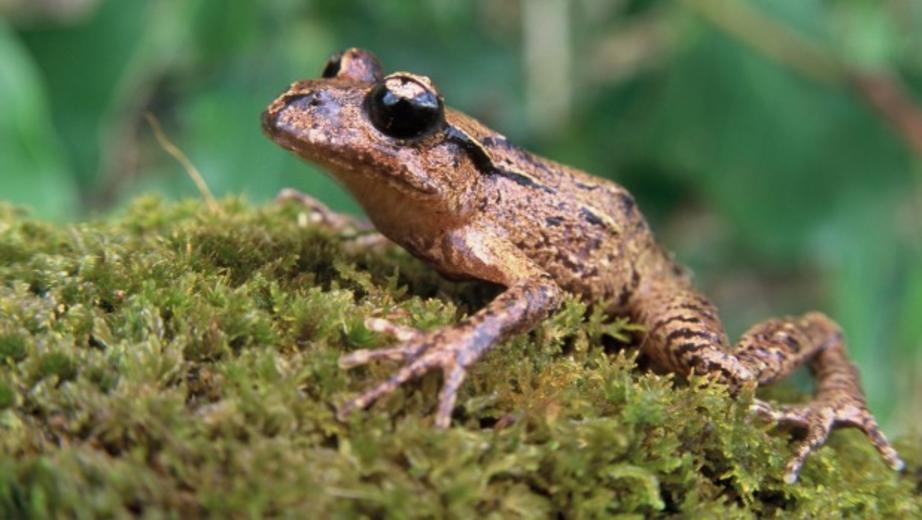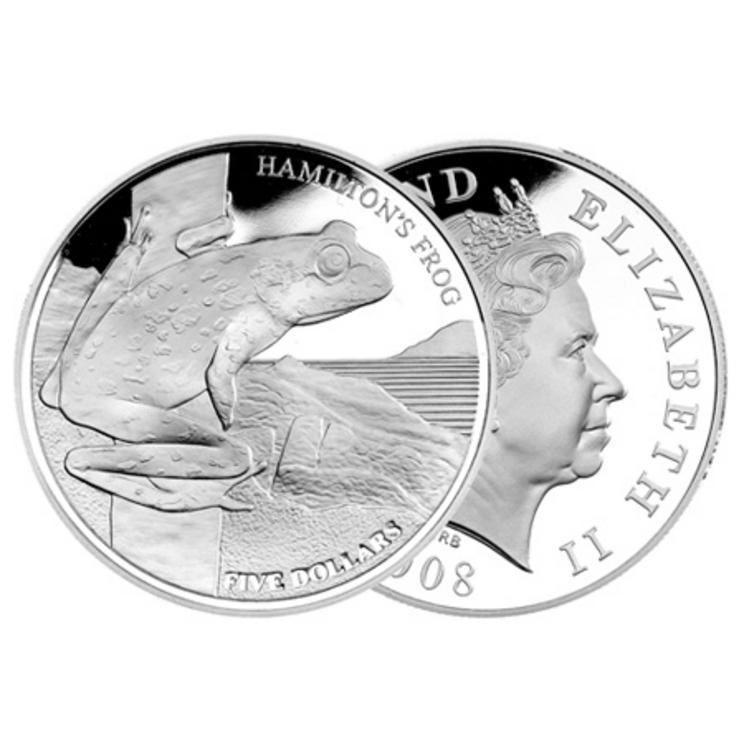New Zealand frogs slipping away without a sound
New Zealand’s native frog species, like many frogs throughout the world, are at risk of extinction.
Frogs might not be as cute as some other endangered animals, but they are incredibly important in their native environments. Frogs are frequently one of the first species to be lost in an ecosystem due to their sensitivity to pollution, environmental change, and disease.
New Zealand’s native frogs are no exception. New Zealand once had seven native frog species, three of which have been lost to invasive species such as rats. The remaining four are endangered and distinctive in their inability to croak and their reproductive process.

A native Maud Island frog. Credit: Tui De Roy/Roving Tortoise Photos
If you are in New Zealand and hear a croak, then you are hearing a non-native species. The four species that are native do not make croaking noises because they lack an eardrum and voice box. If you hear a frog then you are probably hearing a Whistling Frog, a Southern Bell Frog, or a Green and Gold Bell Frog, all of which are native to Australia—not New Zealand.
 The Green and Golden Bell Frog
The Green and Golden Bell Frog
Remember the frog life stages you learned in school as a kid? Unless you went to school in New Zealand, what you learned likely does not apply to these native frogs. New Zealand’s native frogs have different life stages from those that live elsewhere. The main difference? No tadpole stage. Mothers give birth to tiny frogs!

New Zealand is known for its unique and endangered species and these frogs are no exception. One species, the Hamilton’s frog, is considered to be one of the most endangered frog species in the world with a population of approximately 300. The species is isolated in a predator-proof fence on Stephens Island in Cook Straight today, but it was once spread throughout New Zealand.

The Maud Island Frog, has a second population on Motuara Island that was created by the Department of Conservation in 1997 to prevent their extinction. The relocation has served its purpose and prevented a die-off of the species, but these frogs are not yet in the clear.
 Maud Island frog. Image: Sabine Bernert.
Maud Island frog. Image: Sabine Bernert.
In New Zealand and throughout the world, conservation for frog species is necessary and hopefully these unique species will not “croak” anytime soon.
